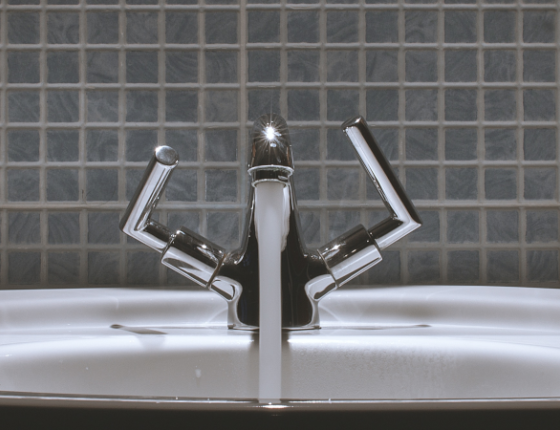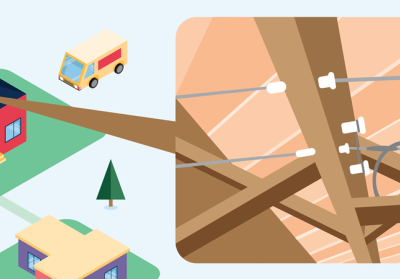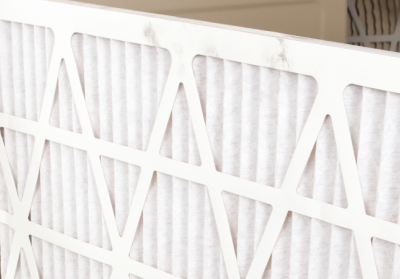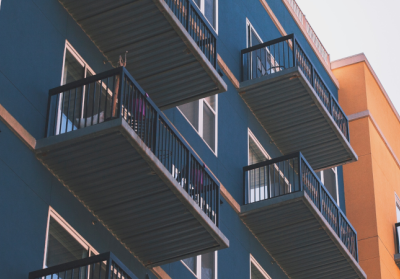Tips to Use Less Water and Increase Water Heating Efficiency
If you don't need to replace your water heater, here are some ways that you can save some energy, as well as lower costs.
Heating water efficiently to help lower your energy bills
In a typical Minnesotan home, about 15 percent of total energy used in our homes is used to heat hot water. That's because keeping 40–50 gallons of hot water ready for you and your family all day, every day takes a lot of energy! Most homes go through the cycle of heating up a new tank of water several times a day.
Some ways that you can save energy and water, as well as lower water heating costs:
-
Wrap your water heater in an insulation blanket to keep as much heat in the water tank as possible. An insulation blanket can be purchased at most hardware stores.
-
Adjust your water heater’s thermostat to 120 degrees. This is the optimal temperature to prevent scalding while still being hot enough to kill bacteria.
-
Wash clothes in cold water.
-
Install water-saving showerheads and faucet aerators.
-
Run the dishwasher only when it’s full whenever possible.
-
Take showers that last 10 minutes or less.
More about water-saving showerheads and faucet aerators
High-efficiency showerheads, can reduce your shower water consumption by half — they use about 2.5 gallons of water per minute (GPM), as opposed to the 6 GPM used by older showerheads. However, many homeowners are skeptical about installing them because they assume it may result in a less comfortable shower. Modern high-efficiency showerheads use aeration, or cycling air through with the hot water, which means you’re less likely to notice a difference.
Another way to use less water is to install a faucet aerator, which can be screwed on to your current faucet head and reduce splash and water flow. In addition to helping you cut back on water use, they’re fairly easy to install and can make your faucet less noisy. Faucet aerators also provide a high return on investment — a basic aerator can cost as little as $5, but result in substantial savings on your water bill.
Tips for buying high-efficiency showerheads or faucet aerators:
-
Perform a water use test to determine how much water you’re currently using
-
Don’t assume you have to pay more to get a high-quality product
-
Consider installing your efficient showerhead or faucet aerator yourself
Multi-setting models & single-setting models:
- Multi-setting models. These models allow you change the water flow pattern with as many as twelve settings that include mist, massage, and pulsing. There is also a continuously variable setting.
- Single-setting models. These showerheads only have one setting, but they often cost less than multi-setting models.
The features you choose for your showerhead will depend on your individual needs. Here are a few to consider:
- Aerating showerheads. These showerheads mix air with water to form a misty spray that contributes to a flow that feels more substantial.
- Handheld showerheads. This showerhead allows the user to either leave the handheld model in its holder while bathing, or remove it to focus the spray.
- Rain showers. This product provides a softer more soothing flow, due to its large head and wide spray pattern, which reduces pressure.
Outside Resources

Questions about your home energy? Let's talk!



